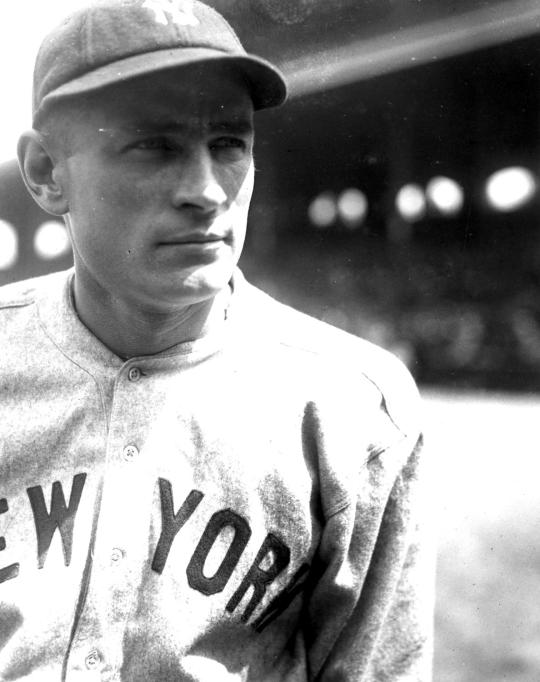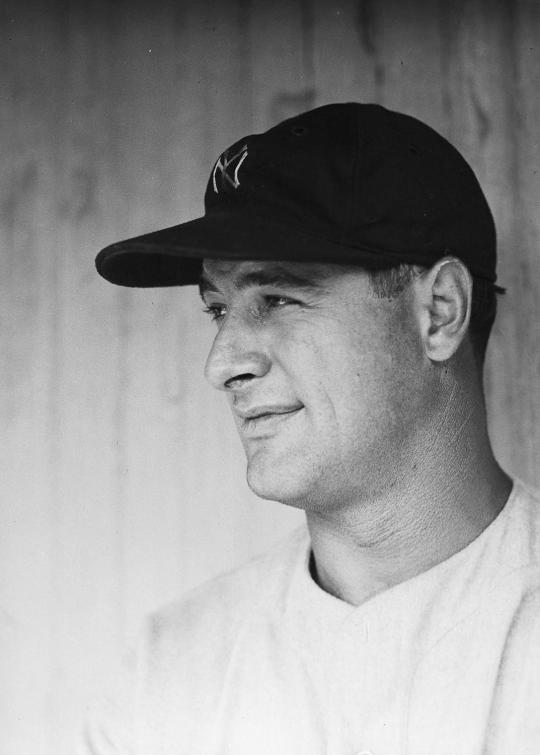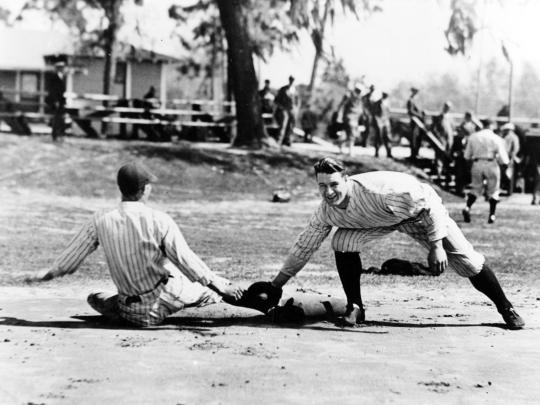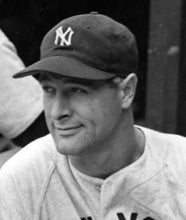- Home
- Our Stories
- A headache becomes history
A headache becomes history
It was the most famous headache in baseball history, and it turned Wally Pipp into a trivia question.
It turned Lou Gehrig into a baseball immortal.
On June 2, 1925, Pipp, the New York Yankees starting first baseman, asked out of the lineup because of a headache. Yanks manager Miller Huggins turned to his bench, where he found 21-year-old Lou Gehrig.
That Tuesday afternoon, Gehrig had three hits and scored a run – batting sixth – in New York’s 8-5 win over the Washington Senators at Yankee Stadium. Officially, Gehrig’s streak of 2,130 consecutive games began the day before with a pinch-hitting appearance. But Pipp’s headache launched Gehrig’s career as the Yankees’ starting first baseman.
“Lou was the most valuable player the Yankees ever had because he was the prime source of their greatest asset – an implicit confidence in themselves and every man on the club,” wrote Stanley Frank in the New York World Telegram. “Lou’s pride as a big leaguer rubbed off on everyone who played with him.”
Wally Pipp played in the big leagues for 15 seasons, driving in more than 100 runs three times for the Yankees while playing in three World Series for the Bronx Bombers. But when a headache forced him from the Yankees' lineup on June 2, 1925, Lou Gehrig took over at first base for New York. (National Baseball Hall of Fame and Museum)
Hall of Fame Membership
There is no simpler, and more essential, way to demonstrate your support than to sign on as a Museum Member.
Gehrig went hitless in three at-bats the next day against the Senators, and was actually replaced at first base late in the next two games by Pipp.
But on June 5 against the Browns, Gehrig hit his first home run of the season – and the legend was born.
By the time amyotrophic lateral sclerosis forced him from the Yankees lineup in 1939, Gehrig had posted 2,721 hits, 493 home runs, 1,995 RBI, two American League Most Valuable Player awards and six World Series titles.
In 34 World Series games, Gehrig batted .361 with 10 homers and 35 RBI.
Pipp, meanwhile, was sold by the Yankees to the Cincinnati Reds after the 1925 season, and went on to drive in 99 runs as the Reds’ everyday first baseman in 1926.
But by 1929, Pipp was out of the major leagues.
“I may have been given a bad break,” said Gehrig at a day in his honor at Yankee Stadium on July 4, 1939. “But with all this I have a lot to live for.
“I consider myself the luckiest man on the face of the earth.”
Gehrig passed after battling ALS for more than two years on June 2, 1941 – 16 years to the day after he replaced Pipp.
Craig Muder is the director of communications at the National Baseball Hall of Fame and Museum
Related Stories
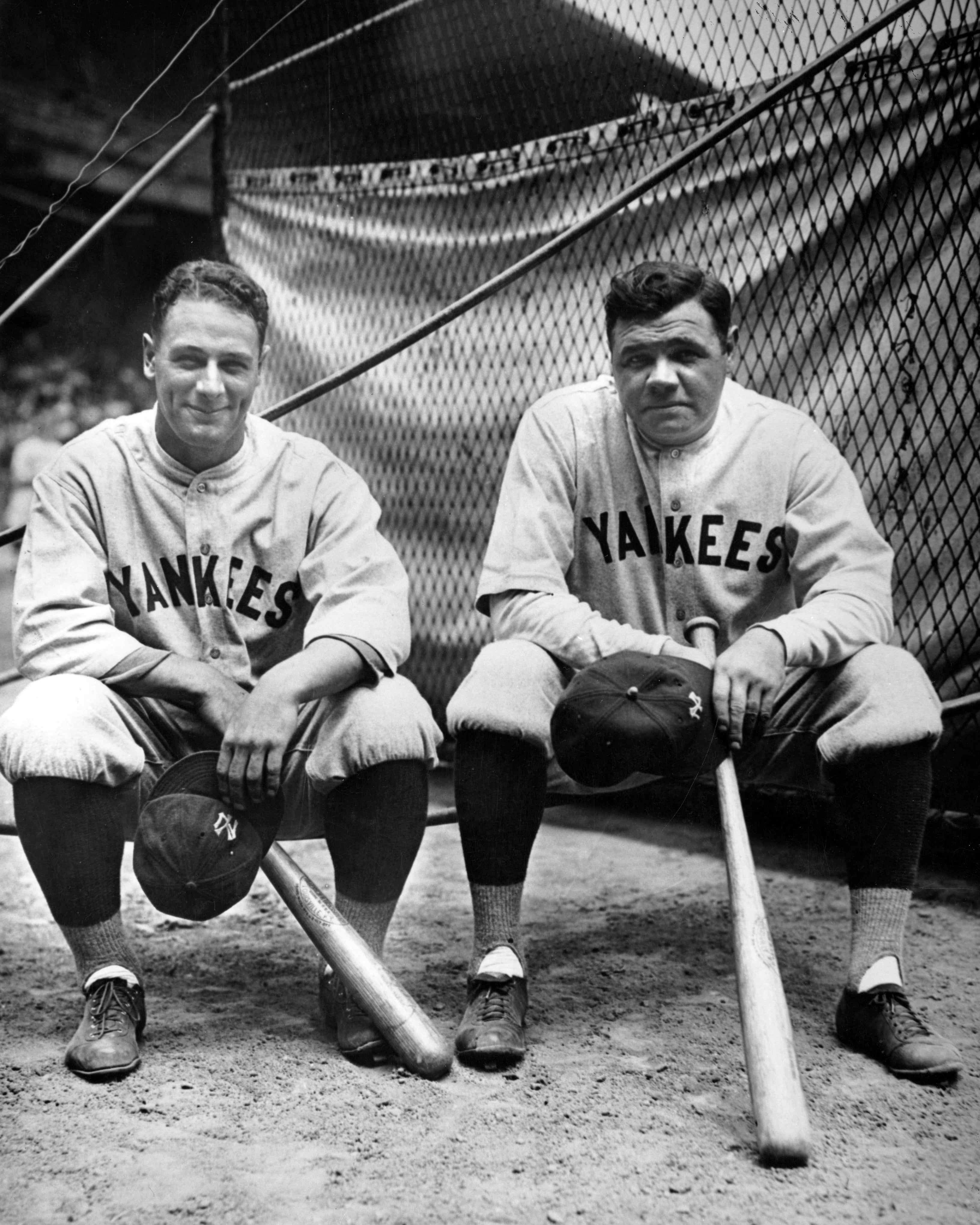
Lou Gehrig hits four consecutive home runs
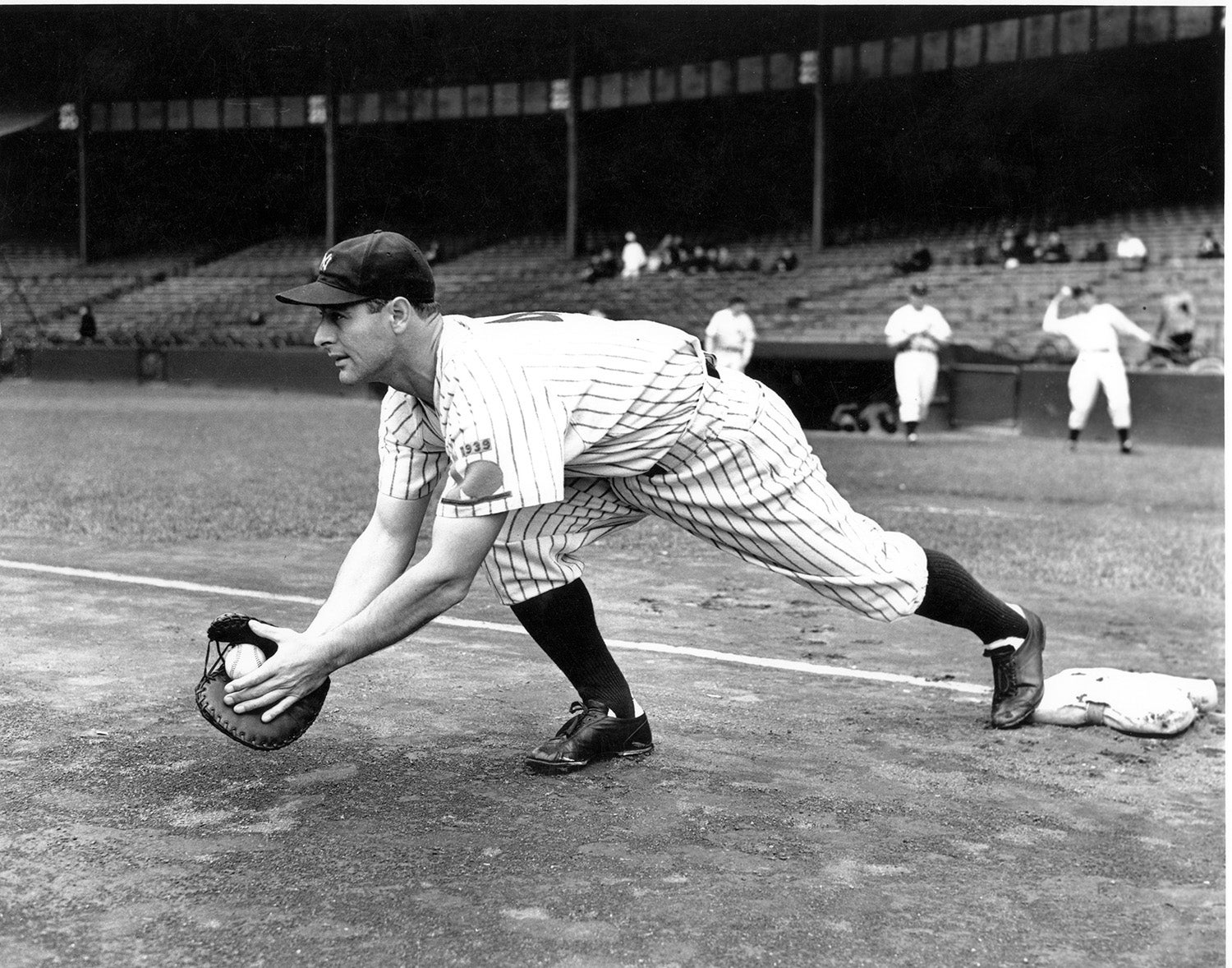
Lou Gehrig appears in his 2,000th consecutive game for the Yankees

Lou Gehrig Day at Yankee Stadium
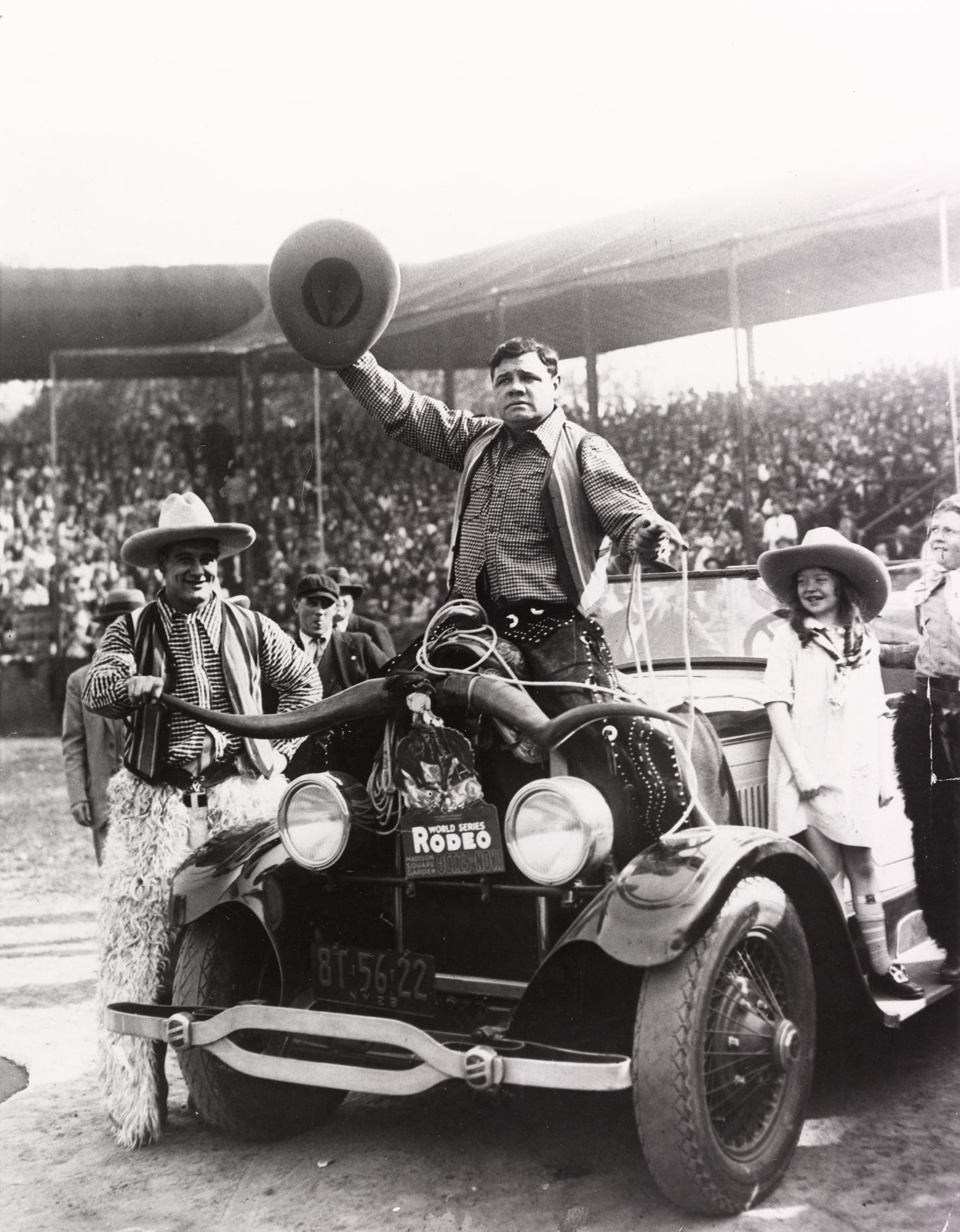
Gehrig, Ruth round up funds for NYC hospital

Lou Gehrig hits four consecutive home runs

Lou Gehrig appears in his 2,000th consecutive game for the Yankees

Lou Gehrig Day at Yankee Stadium


